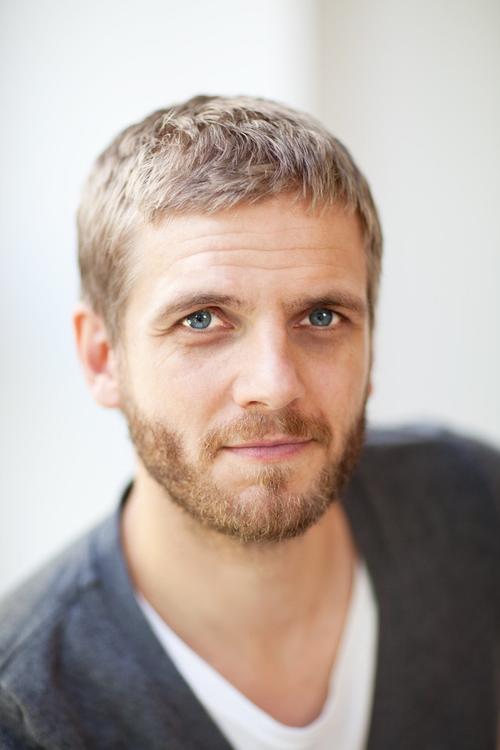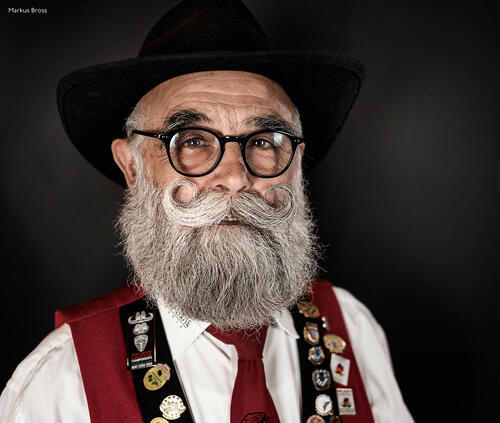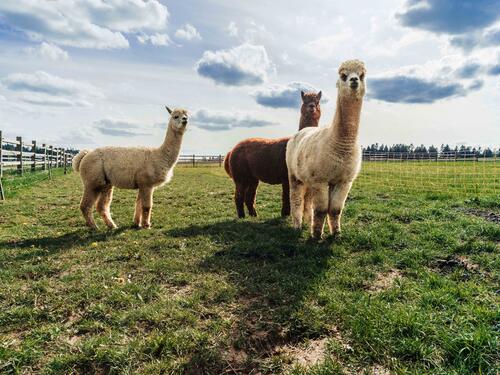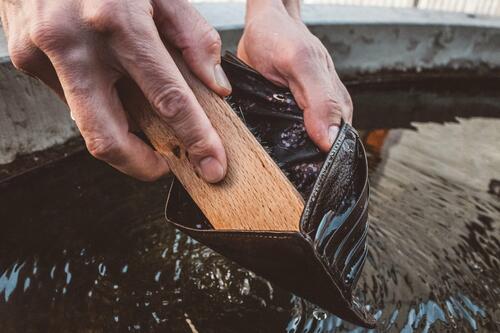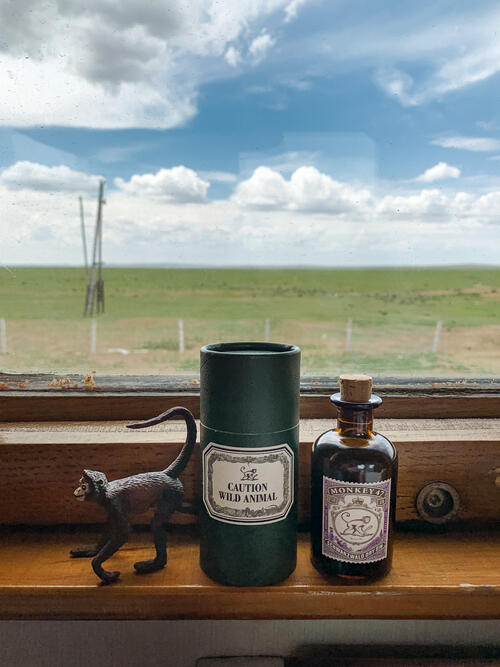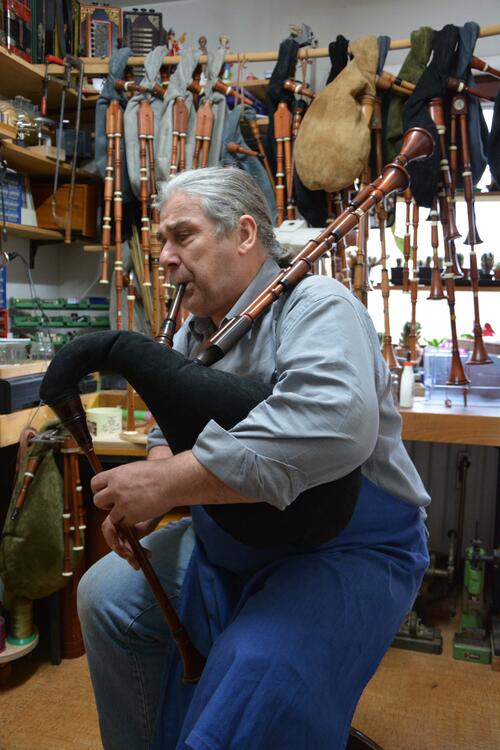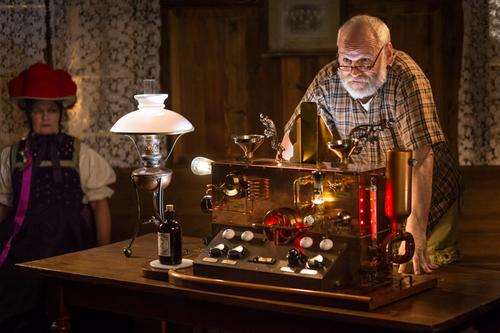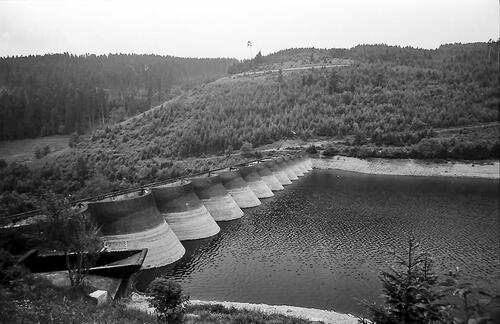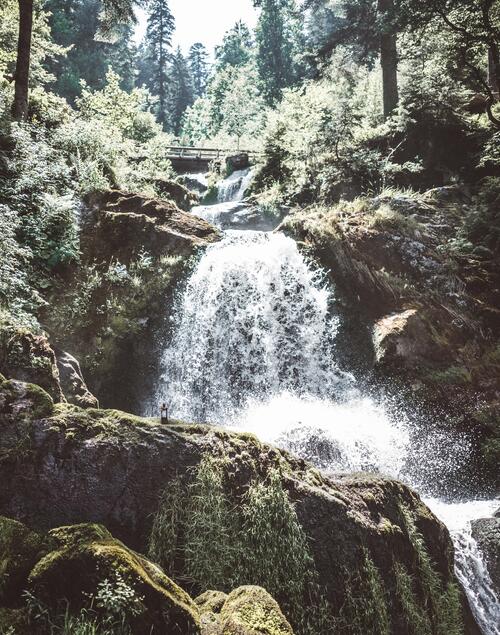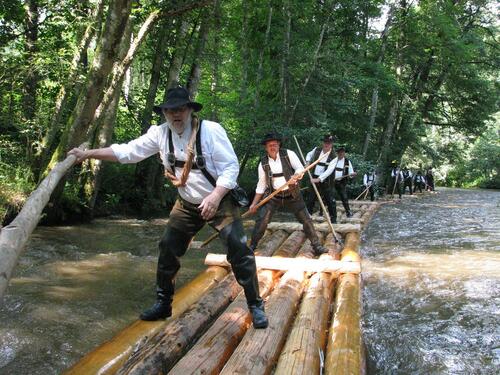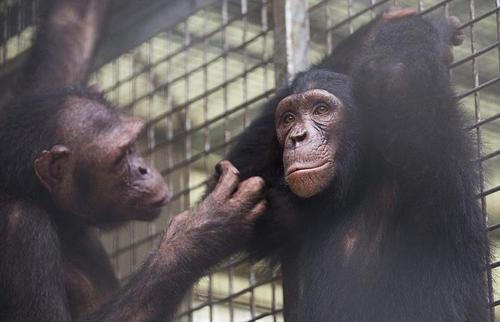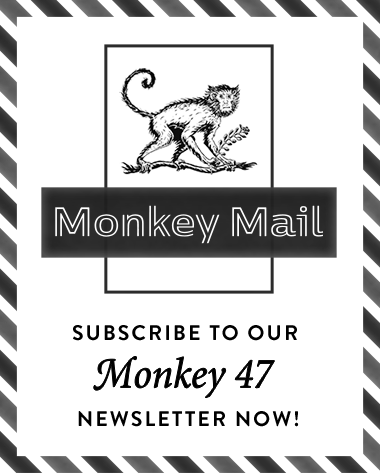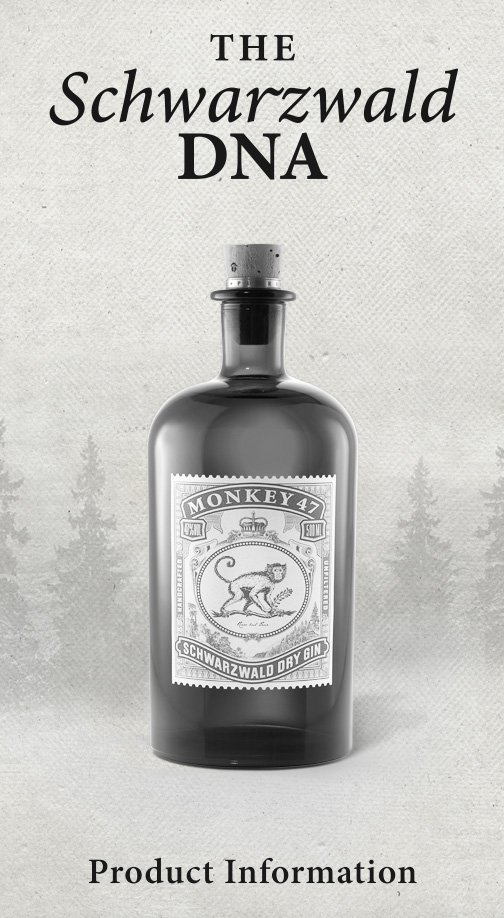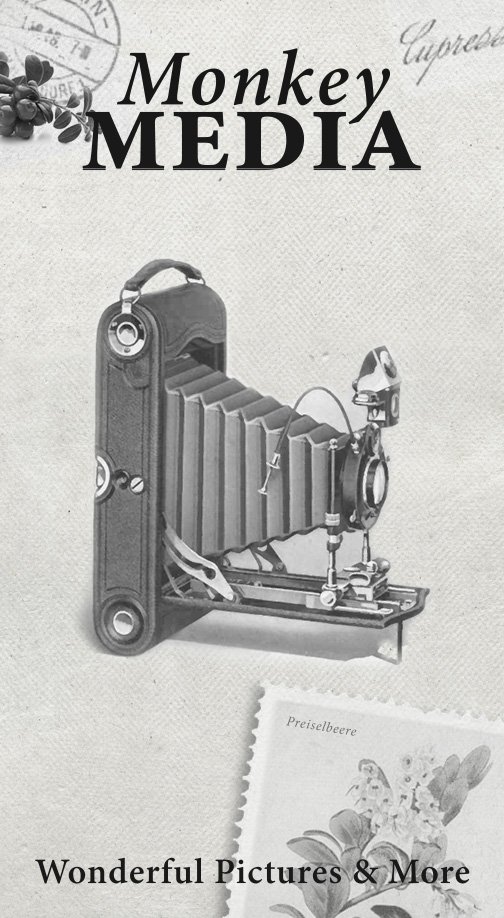What Do Charcoal Burners Do?
From our series on artisanal traditions
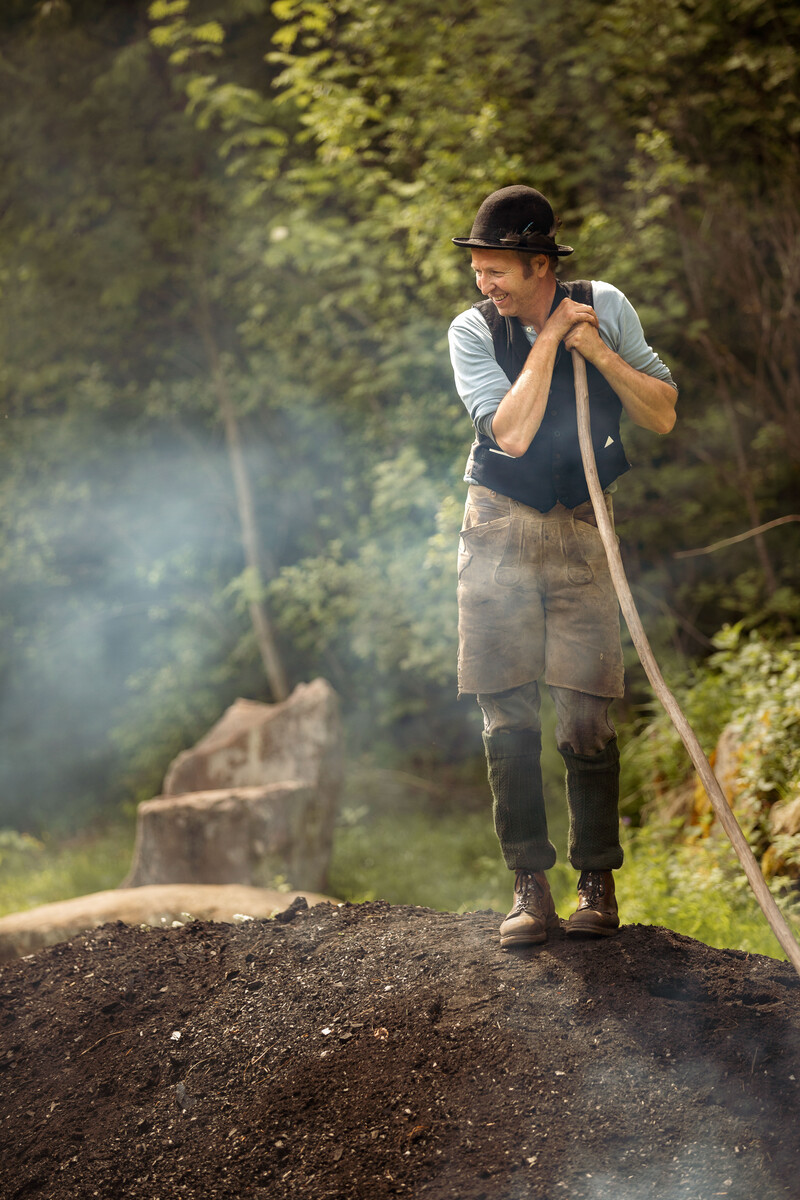
Willhelm Hauff’s fairy tale Heart of Stone tells the story of a charcoal burner whose dissatisfaction with his lot in life leads him to take a number of ill-fated decisions. In the end, he winds up back in the same job in the Black Forest, but much happier for his tribulations.
But what does a charcoal burner actually do – and isn’t it a profession that has long been forgotten? We went to meet the Black Forest’s very own Thomas Faisst, a charcoal burner who is shunning the fast-paced digital lifestyle in favour of preserving his family’s traditions and living just as his ancestors did in the middle of the forest.
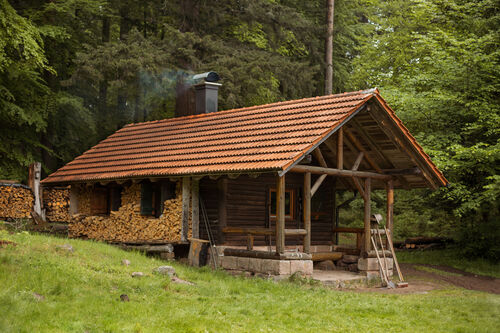
The history of craft
In centuries past, the life of a charcoal burner was marked by hard work and austerity. Meagre meals and a lack of sleep often sapped
their strength. From Walpurgis to Martinmas (1 May to 11 November), they lived deep in the forest, returning to their villages and families only on weekends when they could.
Between the 17th and 19th centuries, the forests were dotted with kilns for making charcoal, which was essential in producing iron and steel. Blacksmiths also needed it for chemical applications such as making gunpowder. Over those many years, knowledge of the craft was passed on verbally and through practical demonstration by master burners, who had the right to grant the same title to their apprentices (usually after they proved capable of building five or six kilns on their own).
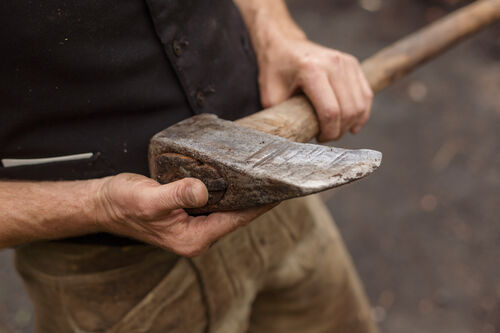
The art of constructing a kiln and producing charcoal as efficiently as possible was the special skill that brought burners renown and set them apart from other forest workers. Until crude oil started being used for industrial purposes, their product was one of humanity’s most important sources of energy. Neither the Ice Age nor the Bronze Age would have been possible without charcoal – and that means civilization likely never would have developed coinage, eaten with forks and knives, or learned to defend itself with swords. To obtain metal ore, you have to melt it from stone, which requires high temperatures. Simple wood fires can turn mud into clay, but not stone into iron.
It was the discovery of charcoal – that is, wood that is carbonised instead of burned – that sparked a revolutionary idea: With the ideal environment and the help of bellows, it was possible to achieve temperatures up to 1,200 degrees (Celsius). Charcoal has thus played quite a bit more than a minor role in humanity’s development. You could even say that there might not have been any real progress without it.
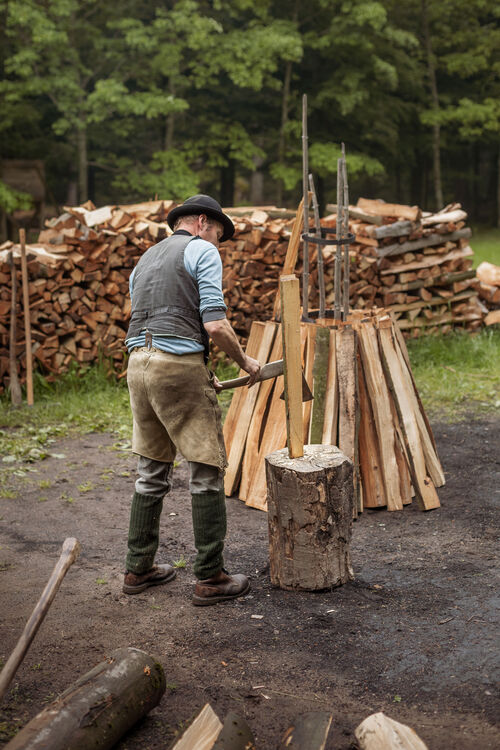
The charcoal burner's trade
Around these parts, firing up a kiln and eventually using it to produce charcoal is something like putting a bit of local history into practice. When it comes to building a charcoal kiln, basically nothing has changed since the early days. The charcoal burner starts by levelling off a round patch of earth. Around the edge of the circle, he or she piles up soil to form a low wall. In the centre, stakes of beech around three metres long are thrust into the earth; this is the chimney in which the kiln will eventually be fired. Metre-long pieces of beech are then placed in a tight arrangement around the chimney. The wood to be used for charcoal is carefully stacked on in layers – first upright, and later with a slight tilt towards the centre. Around 20 steres (read: cubic metres) are typically fired in a kiln. The construction is then covered with sections of fireproof turf that were previously removed from the ground. This prevents too much oxygen from reaching the wood; it should only smoulder, after all, not burn.
At this point, holes are driven into the kiln on all sides to provide for sufficient ventilation. Cold charcoal is poured into the chimney, followed by hot charcoal and then cold again, before the chimney is closed. In its final form, a kiln shouldn’t look too pointy; the top should have an oval shape. As an old burner’s adage goes, “You should be able to dance on a kiln!” If the kiln wood is too upright when it’s layered on, rain could wash too much soil from the turf covering the kiln.
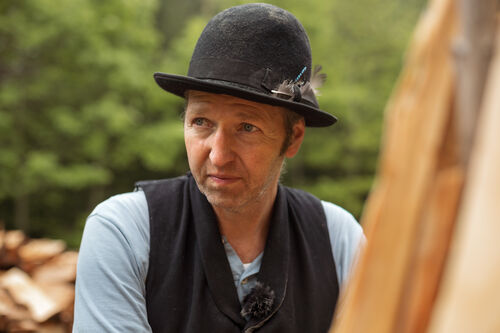
When the kiln is finally built, the real work begins: As the kilnsmoulders for around two weeks, the charcoal burner has to regulate the air intake to ensure that it neither goes out nor starts burning. This takes a great deal of experience and finesse, not to mention round-the-clock supervision.
Once the day of the “harvest” arrives, it’s time to find out whether all the effort has paid off. Ideally, the embers have consumed the entire pile of wood, leaving the kiln half as large as before. Just a few more hours of sweat and toil, and a fresh crop of charcoal is finally ready. While it had to give up the title of “black gold” to crude oil some time ago, some charcoal burners still ply their bygone trade today. The next time you purchase some of their product for a nice barbecue, do spare a thought for a gruelling tradition that nonetheless needs preserving. After all, who doesn’t need their own secluded cabin in the forest when the world gets too complicated now and then? Or, as Thomas Faisst puts it: “There’s nothing more beautiful than the solitude of the forest amongst all the colours of the season.” A bit of Romantic sentiment never hurt anybody, either!




